Review of “Looking for Leadership: The Dilemma of Political Leadership in Japan”

Democratic leaders around the world are finding it increasingly difficult to exercise strong leadership and maintain public support. There is nowhere that this has proven to be as challenging of a task as Japan, which has seen its top leaders change more often over the past 25 years than any other major country in the world. Why do Japan’s prime ministers find it so difficult to project strong leadership, or even stay in office?
As Japan’s Population Shrinks, Bears and Boars Roam Where Schools and Shrines Once Thrived
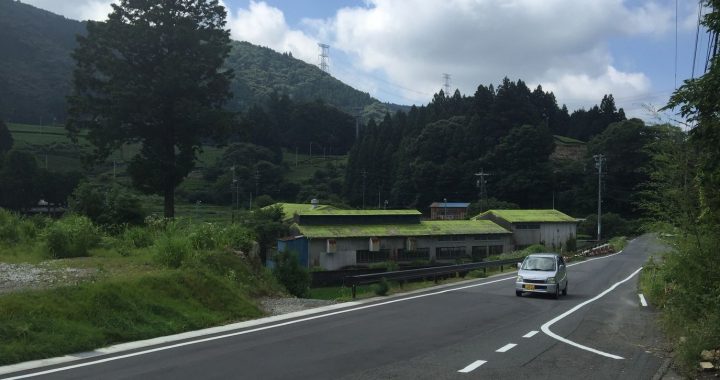
In Hara-izumi, there’s no worry about an influx of foreigners. There are no immigrants here, nor the prospect of any. A bigger issue now is wildlife: The village’s population has become so sparse that wild bears, boars and deer are roaming the streets with increasing frequency.
No TPP Trade Deal? Some Japanese Farmers Say All the Better for Them
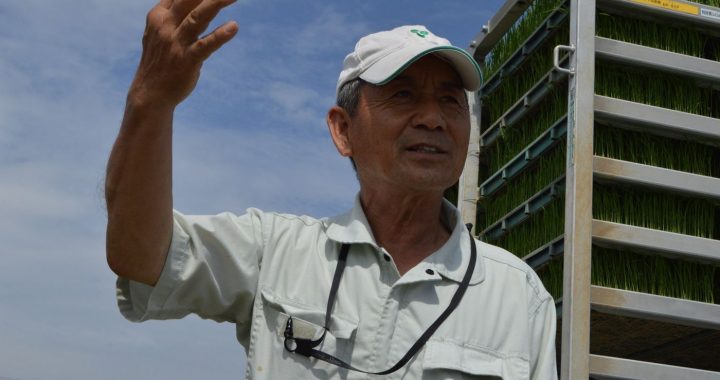
Rice farmer Takao Terada isn’t following the U.S. presidential election too closely. But there’s one issue that both Donald Trump and Hillary Clinton seem to agree on — that the U.S. should not ratify the Trans-Pacific Partnership trade pact — and that’s music to his ears.
Japan Earthquake Fifth Anniversary: U.S. Response Overwhelming
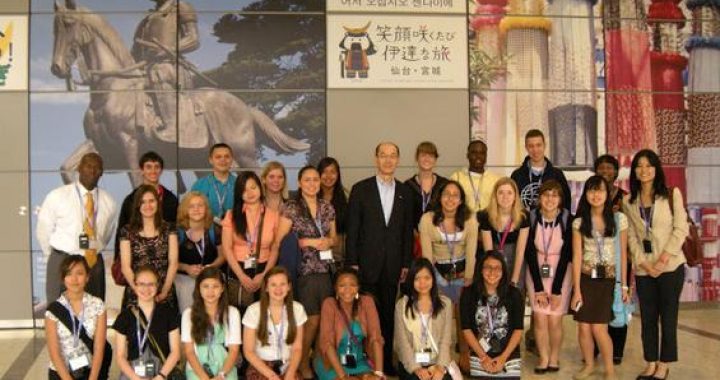
Individuals and organizations from the U.S. have given $746.1 million to support Japan’s recovery from its “triple disaster,” JCIE announced on the eve of the fifth anniversary of the earthquake, tsunami and nuclear crisis that struck the coastline of the Tohoku region March 11, 2011.
Japan’s Population is Plunging, so Where are the Babies?

Sally Herships analyzes the cultural factors that are contributing for population decline in Japan.
A Dying Japanese Village Brought Back to Life—by Scarecrows
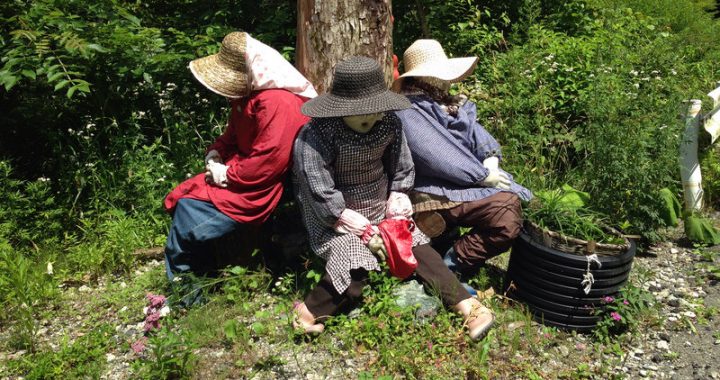
Japan’s population is declining. For example, the rural village of Nagoro used to have around 300 residents. Now it has 30. Visitors know they’ve arrived when they see the three farmers in floppy hats resting against a telephone pole by the side of the road. They’re scarecrows, life-sized figures made of cloth and stuffed with cotton and newspapers.
For Some Older Adults in Japan, a Chance to Stay in the Workforce
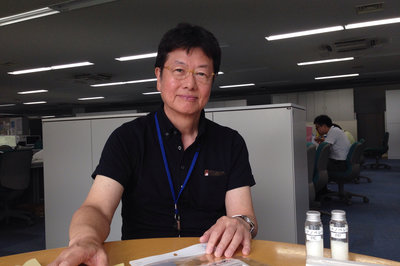
Hiromi Yamamuro is doing something that’s relatively rare in Japan. At age 67, he’s still working in the corporate world, where traditionally, the mandatory retirement age has been 60. But Yamamuro keeps going, because he loves his job — which he’s been doing for 18 years — selling environmentally friendly products at Tokyo-based Sato Holdings.
93,000 People Voluntarily Left Japan for North Korea After World War II. Or Did They?
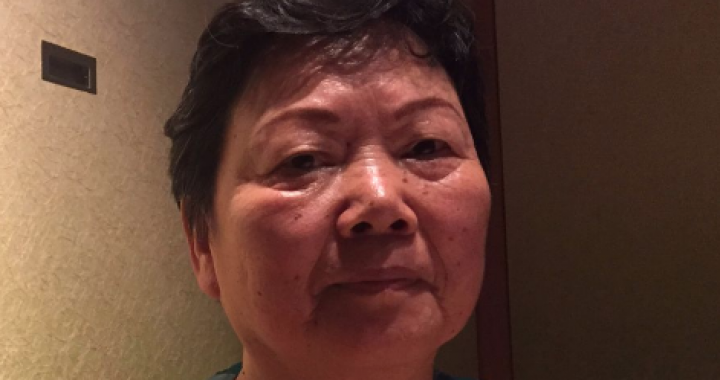
In April 1960, not yet finished with high school, 17-year-old Eiko Kawasaki boarded a Soviet ship called the Kryl’ion in the Japanese port of Niigata and set sail on the journey of a lifetime, to a place she was told was paradise: North Korea.
Japanese City Takes Community Approach to Dealing with Dementia
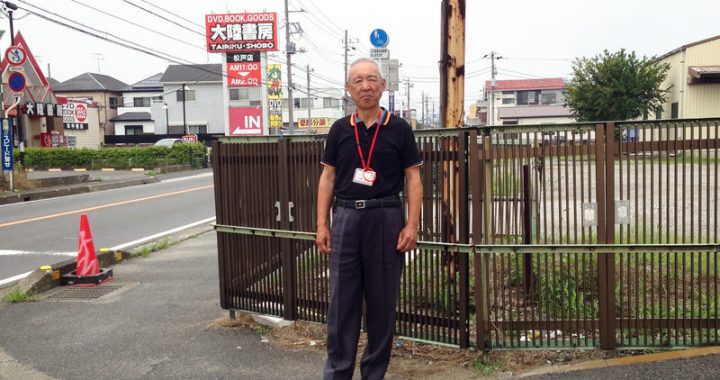
No government plan can keep people with dementia from wandering. But health officials in Japan hope there eventually will be entire communities prepared to help keep them safe, if and when they do. Through community training, thousands of Japanese citizens have been taught how to effectively communicate with people who display signs of dementia.
Beyond Slurpees: Many Japanese Mini-Marts Now Cater to Elders

In Japanese cities, space is at a premium. So convenience stores that cram everything from Kleenex to rice balls into a few square yards are everywhere. But they’re not just a place for Slurpees and snacks. Nearly 27 percent of Japan’s population is 65 or older, and convenience stores are changing to serve this growing market.
